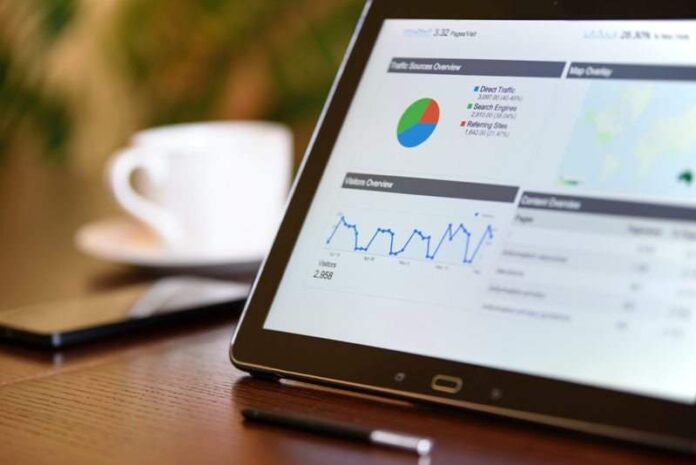
Artificial intelligence is one of the hottest tech buzzwords right now, and it’s easy to see why. AI offers plenty of potential applications that can make your life easier, whether you’re an individual consumer or an enterprise trying to streamline complex business processes.
While AI has many extremely high-level applications such as autonomous vehicles and natural language processing, there are plenty of low-level uses that are more relevant to businesses and individuals than you might think.
What is Artificial Intelligence?
There are many types of artificial intelligence, but they’re all based on a few key concepts. Artificial intelligence attempts to mimic human thought processes and behaviors in a machine. It can be used to build systems that answer simple questions and solve problems by mimicking a human being’s ability to learn from experience.
Data analytics uses artificial intelligence in two different ways: predictive analytics and prescriptive analytics. Both types use big data, but each has its strengths and weaknesses depending on what you want to achieve.
How is AI Used in Analytics?
With AI and machine learning, companies can analyze massive amounts of data in record time. These technologies can identify patterns and trends not visible to humans.
Many large companies are benefiting from the connection between AI and analytics, such as Amazon using Alexa to predict consumer behavior or Netflix offering recommendations that go beyond what users searched for.
Research shows most organizations will use AI within five years as they seek to process information faster and make better decisions faster than their competitors.
Ways AI Fuels Better Insights
Better, faster data collection is another benefit of AI. Thanks to advances in AI, intelligent software can now go out and collect data on your behalf.
Want to know what’s going on in Hong Kong at any given moment? Amazon’s Alexa could ask around for you and gather information about things like weather patterns or what people are talking about over dinner. That kind of fast, comprehensive data collection was previously only possible for big corporations with lots of cash.
Now it’s available to anyone with a quality AI platform behind them. This sort of intelligent data collection frees up human resources from monotonous tasks and frees up time for more strategic analyses. You can use platforms like Verint to rethink your customer engagement strategies.
Other uses of AI include the following:
- Prescriptive Analysis
Prescriptive analytics uses artificial intelligence (AI) to make predictions about what will happen in your future based on your historical data. According to TechCrunch, it’s a good thing that companies are using prescriptive analytics because machine learning algorithms can make predictions at unprecedented speed, precision, and scale. - Automated Data Preparation
One of AI’s biggest transformations in analytics so far has been data preparation. The days are long gone when we had to hand-code, review, and curate our dataset. Now AI systems clean and prepare data in record time. - Automated Insights Generation
I. algorithms can be used to generate automated reports for internal or public use, which reduces the time that analysts spend on reporting and frees them up to work on more complex problems that require human intervention.
Artificial intelligence has come a long way in the past few years and now it’s poised to completely revolutionize analytics, from automating the reporting process to improving predictive modeling and enabling natural-language user interfaces.
Keep this guide in mind as you continue to explore how AI is transforming analytics.

